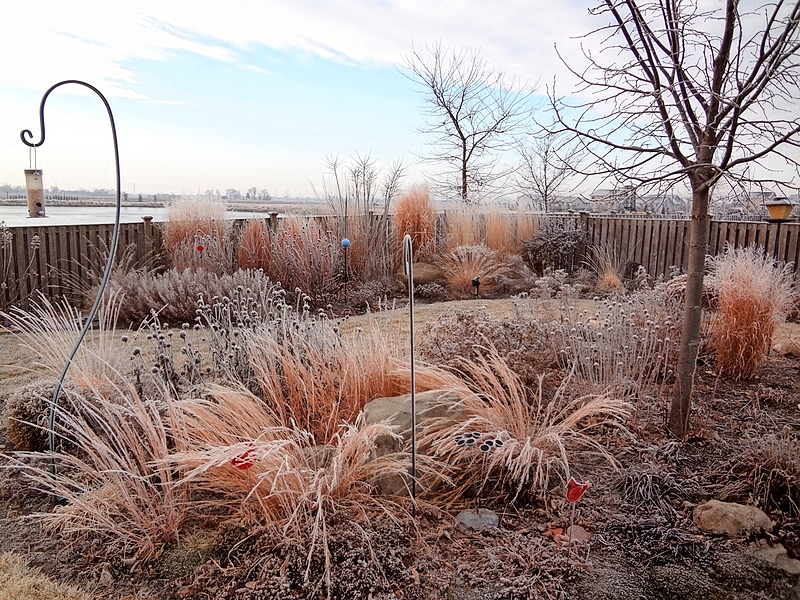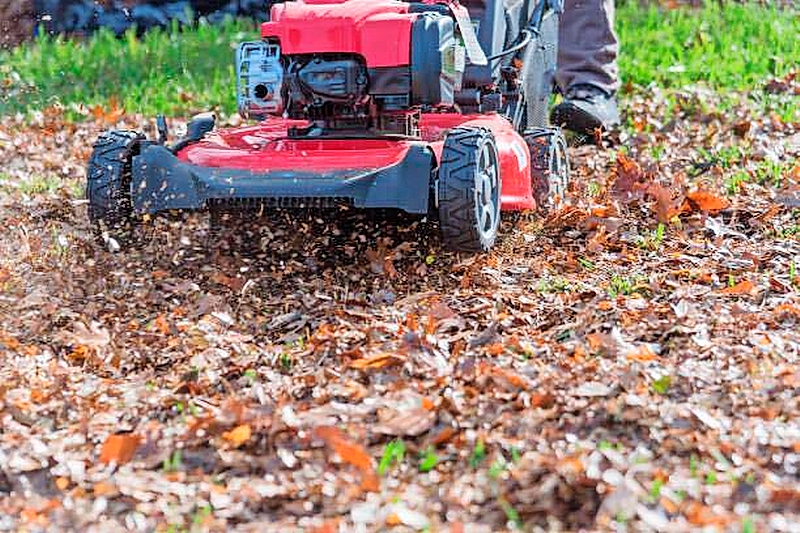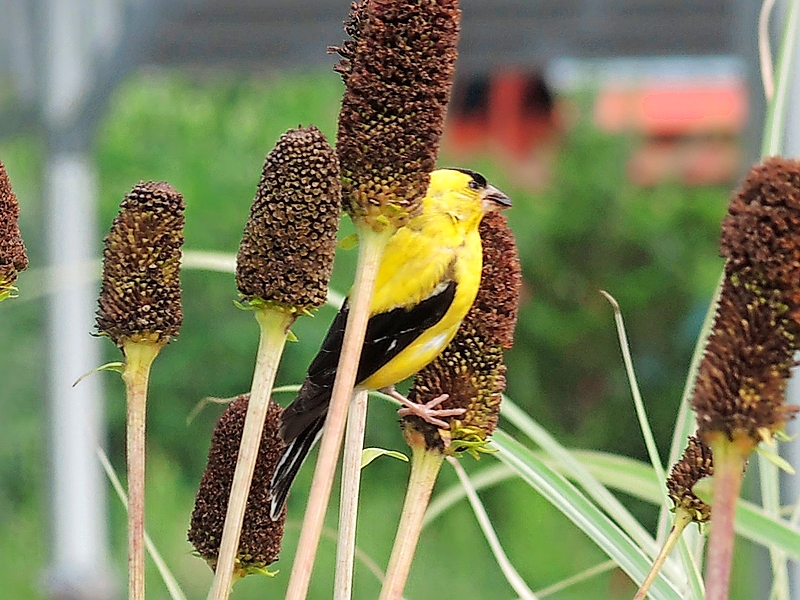Winter is Coming
By Naperville Magazine
Appears in the October 2023 issue.
By Kelli Ra Anderson
Tips for putting your garden to bed

October’s chill and shorter days mean it’s time to winterize our yards and gardens, prepping them for the onslaught of winter and laying the groundwork for a successful spring. Some local pros answered some of our seasonal questions.
What to do with all those falling leaves?
Don’t bag or burn leaves—instead put them to good use. “That’s free nutrition for your trees,” says Craig Kruckenberg, horticulture design manager at Cantigny Park in Wheaton. “Just mulch them up with your mower to put back on your landscape area.”
Spread leaf mulch over any bare soil and around tender-stemmed perennials for a protective and nutrient-rich layer. Likewise, don’t bag your grass clippings, just leave them on the lawn to nitrogenate the soil.

What goes and what stays in the garden?
Rip out weeds and old garden crops, as well as any plants with mildew, fungi, or disease (throw all these out—don’t compost them, or you risk spreading problems), but keep your spent annuals in place or compost them. This dead plant material provides a safe habitat for overwintering beneficial insects and wildlife—don’t destroy it. You also should keep seed heads intact until spring—like coneflowers and black-eyed Susans—which will feed the birds over the long winter.
If you already have compost, now’s a great time to add it to your beds to help protect any perennials from the cold season as well as to start recharging the soil for spring.
Is this a good time to prune?
Nope. Don’t prune trees or shrubs in fall. “In September, we put the pruners down,” says Kyle Lambert, perennial and rose manager at the Growing Place in Aurora. “We want [trees and shrubs] to slow down and harden off and prepare for winter as they should.” Pruning also creates wounds, which would not have time to heal before the cold season.
Likewise, don’t prune flowering bushes like lilac or viburnum now, to avoid removing next year’s bloom. (Instead, it’s best to prune immediately following next spring’s blooms.) Same goes for roses. Wait to prune those beauties until spring. Pruning also promotes new growth, which would make them vulnerable now to destructive frost.
Raspberries are an exception. If you have a patch, you can cut the canes down to the ground; new ones will emerge in the spring.

Can I plant or transplant now?
“Plant in the fall while the ground is still warm,” Kruckenberg advises. Consider putting spring bulbs near your perennial hosta for a consecutive display.
As for what to plant, don’t feel limited by just tulips and daffodils. While those are lovely, try branching out with crocus or hyacinth to add variety as well as extend the blooming season.
And consider some edibles. Homegrown garlic is a special treat and should be planted in the fall for next summer’s crop. (Check out the Garlic Fest 11 a.m. to 3 p.m. October 14 at the Growing Place, 2000 Montgomery Road, Aurora. Breath mints included.)
What am I forgetting?
• Clean off any dirt or rust on garden tools and coat blades with a protective thin layer of oil (like WD-40). Also oil any wood handles (linseed works well).
• Empty the mower of gas or add fuel stabilizer, per the instruction manual.
• Water any new plants, evergreens, and ornamental grasses until the first freeze; then turn off outdoor spigots and empty and store hoses.
PRO TIP: Prep any new garden beds you are planning for next year by smothering the area with newspapers or cardboard topped with mulch. Come spring, these decomposed areas will be easier to plant.
Photos: Kyle Lambert (yard); Mary Saba (goldfinch on Rudbeckia); iStock (mulching)


